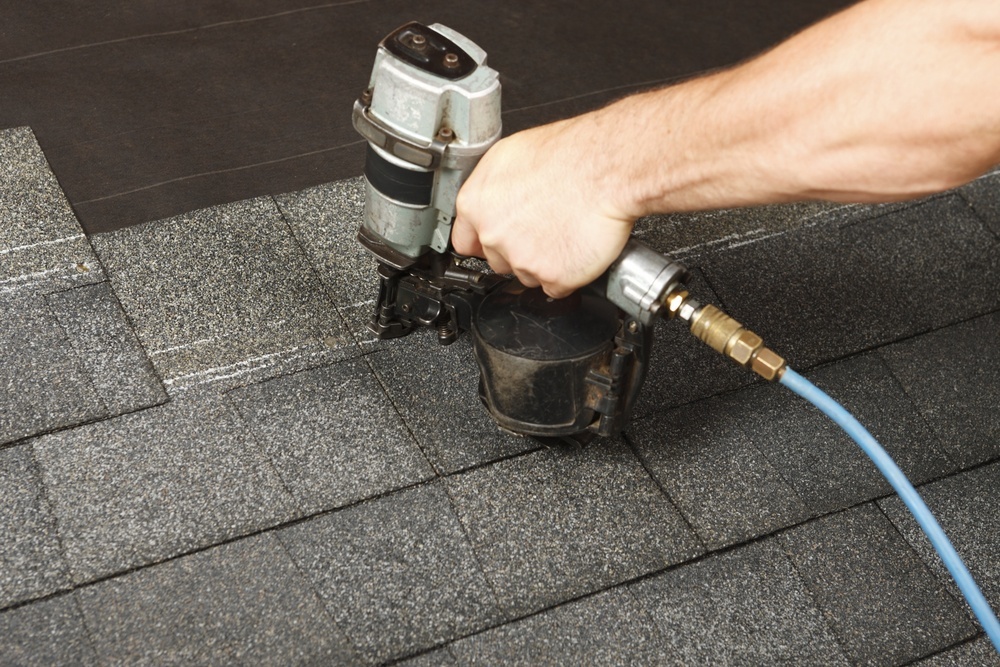 One of the biggest lines of defense between your home and the elements is its roof. If your roof is in good shape, it will protect your home and help keep you and your family safe, warm, and dry for decades to come. But if your roof is damaged or falling apart, your home is vulnerable to damage.
One of the biggest lines of defense between your home and the elements is its roof. If your roof is in good shape, it will protect your home and help keep you and your family safe, warm, and dry for decades to come. But if your roof is damaged or falling apart, your home is vulnerable to damage.
No matter how good you are about staying on top of home maintenance, everything in your home has a lifespan, including the roof. Good maintenance can help extend a roof’s lifespan, but eventually, it will have to be replaced. While many roof problems can be fixed without having to replace the entire roof, there are some very big signs that you might need to have your roof replaced soon.
It’s Over 20 Years Old
How long a roof can last can depend on the material it’s made of, but many types of roofs will last between 20 and 30 years. Once you hit the 20 year mark, it’s usually a good time to start considering having your roof replaced in the not-too-distant future.
It Leaks
Every homeowner dreads having to deal with water getting into their home. If water is getting in through your roof, it can damage the underlying wood on your roof and the water damage can extend into other areas of your home. If you don’t see any signs of water getting in, it’s still smart to go up to your attic now and then to check if you can see sunlight coming in through any areas of the roof.
Shingles are Damaged or Missing
When roofing shingles are damaged or missing, your roof has less protection than it ought to. Over time, shingles can crack, start to curl at the edges, or curl in the middle while the edges stay flat. If just a few shingles are cracked or damaged or missing, you might be able to just replace the damaged or missing shingles. But if the damage seems to be more widespread throughout your entire roof or your roof is starting to get a checkerboard-type of look because of so many different repair jobs, you might be better off replacing your roof.
You’re Finding Granules
If you’ve been finding dark, sand-like granules in your gutters or on the ground around your home, they’re most likely coming from your roof. As roofing shingles wear down over time, they begin to shed these granules. Since these granules help to protect your singles, your shingles are at a greater risk for being damaged when the granules start to fall off. In addition to finding the granules around your house, you might also be able to notice a difference in color in sections of your roof where the granules have fallen off.
If you’ve recently had your roof replaced and you’re finding these granules around, don’t worry. It’s very common for new shingles to have some excess granules fall off at first.
Your Neighbors are Getting New Roofs
In many cases, the homes in neighborhoods were all built around the same time. If that applies to you, it couldn’t hurt to keep an eye on what sorts of repairs your neighbors are having done to their homes. Since the other homes in your neighborhood are encountering the same types of weather conditions as you are, there’s a good chance that if other people in your neighborhood are having their roofs replaced, it might be about time for your roof to be replaced, too.
